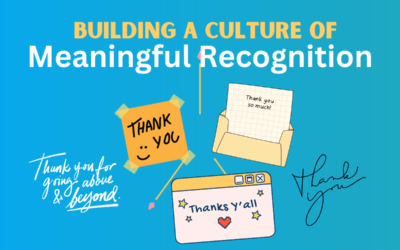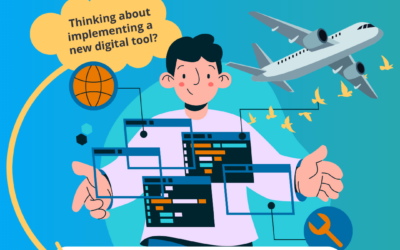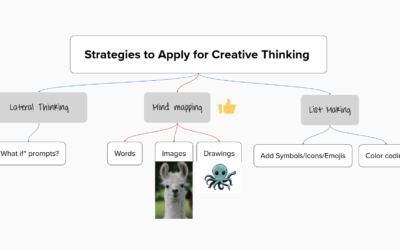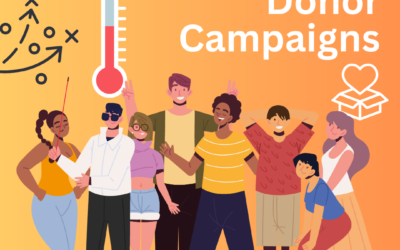Combined-giving campaigns – such as United Way, Community Health Charities, Combined Federal Campaign and others – have a long history of nonprofit support. Traditionally, larger employers have participated to encourage employee support of nonprofits that have a positive impact in the community.
Workforce-giving campaigns have long used co-worker generosity (and peer pressure) to inspire donations. They have always been limited by how many people worked for large employers in specific geographic areas.
Today, with more small businesses and fewer people employed by large companies, campaign pitch meetings and payroll deductions don’t work at the old scale. For example:
- Combined Federal Campaign giving shrunk from $272 million in pre-recession 2006 to $258 million in 2012, while the number of federal employees grew slightly during the same time.
- Revenue for Community Shares of Minnesota’s campaign decreased from $1.3 million in 2006 to $1.05 million in 2011.
- Greater Twin Cities United Way has seen a small increase in giving from $89 million in 2006 to $92 million in 2011 – especially impressive as Giving USA showed overall charitable giving was down nationally during the same period.
Less About Where You Work or Live
Nonprofits continue to need donors to join forces for greater impact and accountability, but donors’ giving options have multiplied and now come in countless new forms, online and elsewhere.
In the future, giving identities will likely be much less about where you work and much more about being a self-selected member of an interest community.
New tools make it much easier to understand the potential impact of supporting a nonprofit, see which of your colleagues are doing the same and unite scattered supporters for specific work.
For example, Friends of Science East, a New York State nonprofit, tried unsuccessfully for years to raise money to rehabilitate Nikola Tesla’s former laboratory site as a museum. Because funders, including area campaigns, could not justify this need against others, the project lingered until the founder of TheOatmeal.com issued an online appeal. His call used the internet to create an interested public, and more than 13,000 donors gave $1.3 million in one month in 2012.
Donor Self-selection
Most of the new donors to Friends of Science East did not share an employer or live in the same area. They did share an interest in Tesla’s accomplishments and seeing them preserved. Peer donations still matter, but now the peer pressure is about wanting to be included in your virtual community’s hot project.
Traditional combined-giving campaigns aren’t going away any time soon. Those which create community value (collective impact work of United Way, for example) and allow more donor self-selection will thrive.
Indeed, community-of-interest giving can open new doors for nonprofits seeking support for their missions, regardless of where their publics work or live.
Originally published at Minnesota Council on Foundations



